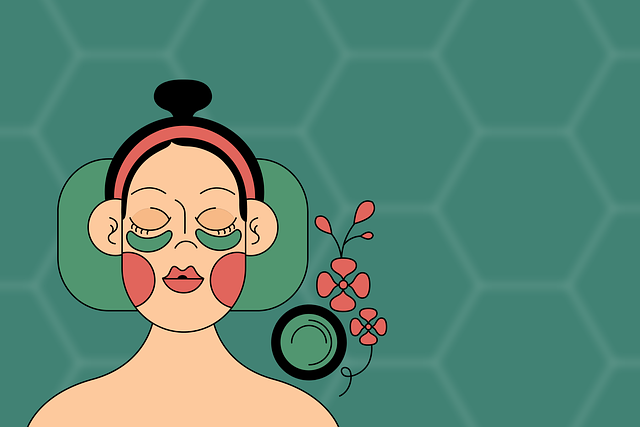Plantar warts, caused by HPV, are common foot bumps in public spaces like pools and gyms. The UK offers various effective treatments, including cryotherapy, surgery, and laser removal. Professional services provide fast, sterile relief with expert advice to prevent recurrences. After removal, maintain cleanliness, monitor for issues, and follow specialist guidance for a swift recovery, tailored to individual needs.
Looking for swift and effective plantar wart removal in the UK? Plantar warts can be painful and unsightly, affecting your daily activities. Understanding their causes and symptoms is the first step. In the UK, various treatment options are available, but professional removal services stand out for their speed and efficacy. This guide explores different treatment approaches, highlighting the benefits of expert care. Learn how to navigate the process and recover quickly with minimal disruption to your life.
- Understanding Plantar Warts: Causes and Symptoms
- Treatment Options for Plantar Warts in the UK
- The Benefits of Choosing Professional Removal Services
- A Step-by-Step Guide to Fast and Effective Recovery
Understanding Plantar Warts: Causes and Symptoms
Plantar warts are a common foot condition that affects many people in the UK. They are caused by the human papillomavirus (HPV), which infects the top layer of skin on your feet, leading to small, hard bumps that can sometimes hurt. These growths typically develop on the soles of your feet, and while they may not be visible at first, they can grow over time, causing discomfort during walking or running.
Symptoms include a rough patch or bump on the foot, which can sometimes have a cauliflower-like appearance. They might feel like small hard lumps when touched and can be tender or painful, especially with activity. Plantar warts are often spread through direct contact with infected skin or surfaces, making them prevalent in public places like swimming pools, gyms, or showers. Understanding these causes and symptoms is an essential first step before considering effective treatments, including professional plantar wart removal services available across the UK.
Treatment Options for Plantar Warts in the UK
In the UK, there are several effective options available for plantar wart removal, offering fast and reliable relief from these unsightly skin growths. One common method is cryotherapy, where liquid nitrogen is used to freeze and destroy the warts. This quick procedure is often chosen due to its convenience and relatively low risk of side effects. Alternatively, surgical excision involves cutting out the wart, suitable for more persistent cases.
Laser treatment has also gained popularity for its precision and ability to target only the affected area. Each method has its advantages and may be recommended based on the size, severity, and patient preference. Consulting a healthcare professional or podiatrist in the UK ensures access to these advanced treatments, providing an end to the discomfort and embarrassment associated with plantar warts.
The Benefits of Choosing Professional Removal Services
Choosing professional plantar wart removal services in the UK offers several significant advantages. Firstly, it ensures fast and effective treatment, leveraging advanced techniques and expertise to eliminate warts quickly. This is particularly beneficial for those who struggle with persistent warts or have experienced little success with over-the-counter remedies.
Professional services also provide a sterile and safe environment, minimising the risk of infection and complications that can arise from at-home removal attempts. Additionally, highly skilled specialists can offer tailored advice and aftercare instructions to prevent future wart recurrence, giving you long-lasting relief.
A Step-by-Step Guide to Fast and Effective Recovery
After undergoing plantar wart removal in the UK, a fast and effective recovery process is essential for getting back to your active lifestyle. Here’s a step-by-step guide to aid your healing journey:
1. Post-Procedure Care: Following your treatment, keep the affected area clean and dry. Avoid walking barefoot in public places or pools until the wart is completely removed to prevent reinfection. Use soft socks and comfortable shoes to minimise friction on the treated skin.
2. Monitor Healing: Keep an eye on your wound as it heals. It’s normal for some redness, swelling, and discomfort to persist for a few days. However, if you experience severe pain, excessive bleeding, or signs of infection (such as pus or warmth), contact your healthcare provider immediately. Most importantly, adhere to any specific aftercare instructions provided by your specialist during the initial consultation.
3. Medications and Creams: Depending on the removal method, your doctor may prescribe medications or topical creams to speed up healing and reduce discomfort. Ensure you take these as directed to enhance recovery.
4. Return to Normal Activity: As your foot heals, gradually resume your regular activities. Start with low-impact exercises like swimming or cycling, and avoid high-intensity workouts or sports until the treated area is fully restored. Remember, each person’s healing process is unique, so consult your specialist for personalised advice.
When it comes to effective and fast plantar wart removal in the UK, professional services stand out as a reliable solution. By understanding the causes and symptoms, you can take proactive steps towards treatment. This article has explored various options, highlighting the benefits of seeking expert help for a swift recovery. With dedicated care, you can bid farewell to painful warts and regain comfort in your daily activities.
